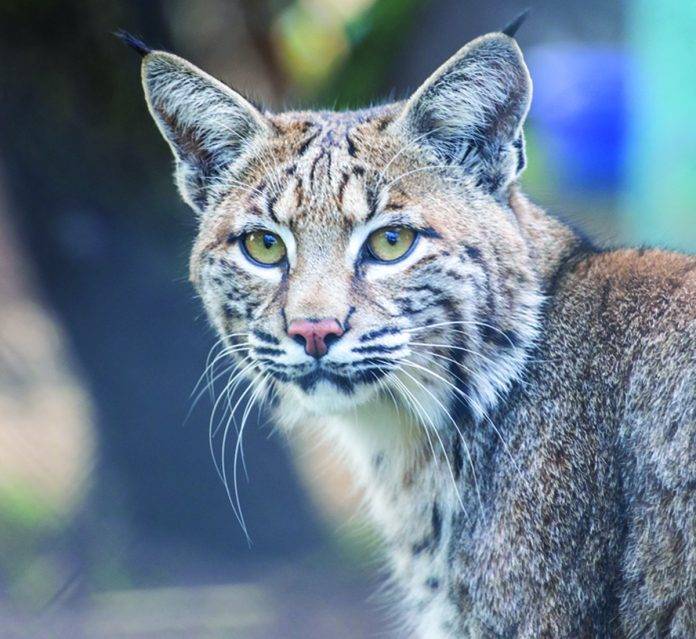Spring is around the corner and it is officially mating season for San Diego County’s wildlife. Larger predators are seeking out mates and raptors are nesting. Project Wildlife says that people might see more coyotes, foxes, bobcats, raccoons, skunks and rodents, and has the tools to educate the public on how to help avoid unwanted wildlife away from their homes.
This is the natural course for this bi-diversified county, from the beaches to the hills.
“Animals want to live here, and many people want to live here,” said education specialist Carly Padilla of Project Wildlife, a San Diego Humane Society program.
Padilla said what makes the county special is that it has wetlands, grass lands and multi-diverse habitats for wildlife to flourish. As part of nature, the prey mate first, then the predators mate second, bringing food to the new predators. She said keeping the animals from becoming “unwanted guests,” take the time to take a survey of your home.
“See if you do have opening underneath the porch, holes in the attic, and places that may look like a great place for a wild animal to set up shop in and have their kids,” said Padilla.
“This is the time that the animals are looking around for a mate and starting to look for den sites or nests.”
Padilla said the “dos” to do during this time is not leaving pet food outside, ensure trash cans and compost piles are secure and avoid composting meat and fish.
“One thing many people forget about is bird feeders,” she said. “Seed falls to the ground and if you do not clean it up it can easily attract rodents. If you have fruit trees, make sure that you are picking up fruit that has fallen to the ground.”
Padilla said moving bird nests that are in heavily traveled pathways at your home (front or back porch), to remove them until the birds get the message, but that once the eggs are laid, most birds in San Diego County are federally protected by the Migratory Bird Treaty Act, which means that disturb an “active” nest.
“We lie on three migratory flyways, so during spring and summer we get migratory birds coming through that either stop and set up shop or as stopping path before the continue on their journey,” she said. “There is a reason why that location is beneficial to them, but they will catch on and make another nest in a different location. Once the eggs are laid, we suggest that you wait until the baby birds are fledged and ready to fly. Once they are gone, take the nest down so the parents will not come back and lay more eggs.”
Padilla said resorting to poisons is unfortunate. She said it might be a quick fix but does not focus on the problem.
“Unfortunately, we are seeing with rodent poisoning going up the food chain,” she said.
“Our predator birds, our owls, are super susceptible to rodent rodenticide, especially barn owls. People will put up barn owl boxes but then put out rodent bait. This is hurting the predators that can keep the rodent population under control.”
Padilla said rodenticides weaken the immune system and said that by the time they get the animals, there is not much they can do to help. She said there are better humane deterrents, especially for rodents.
“You can use different scents to discourage rodents, dryer sheets will deter them, cover up the holes in the house, put wire mesh underneath structures,” she said. “Rodents do have a role in the ecosystem. They are highly intelligent and that is why they have been around for millions of years and they adapt quickly. But they are a main food resource for many of our carnivore species and omnivores. We do not like them very much. We do not want them in and around our house but try to understand the balance in our healthy ecosystem.”















